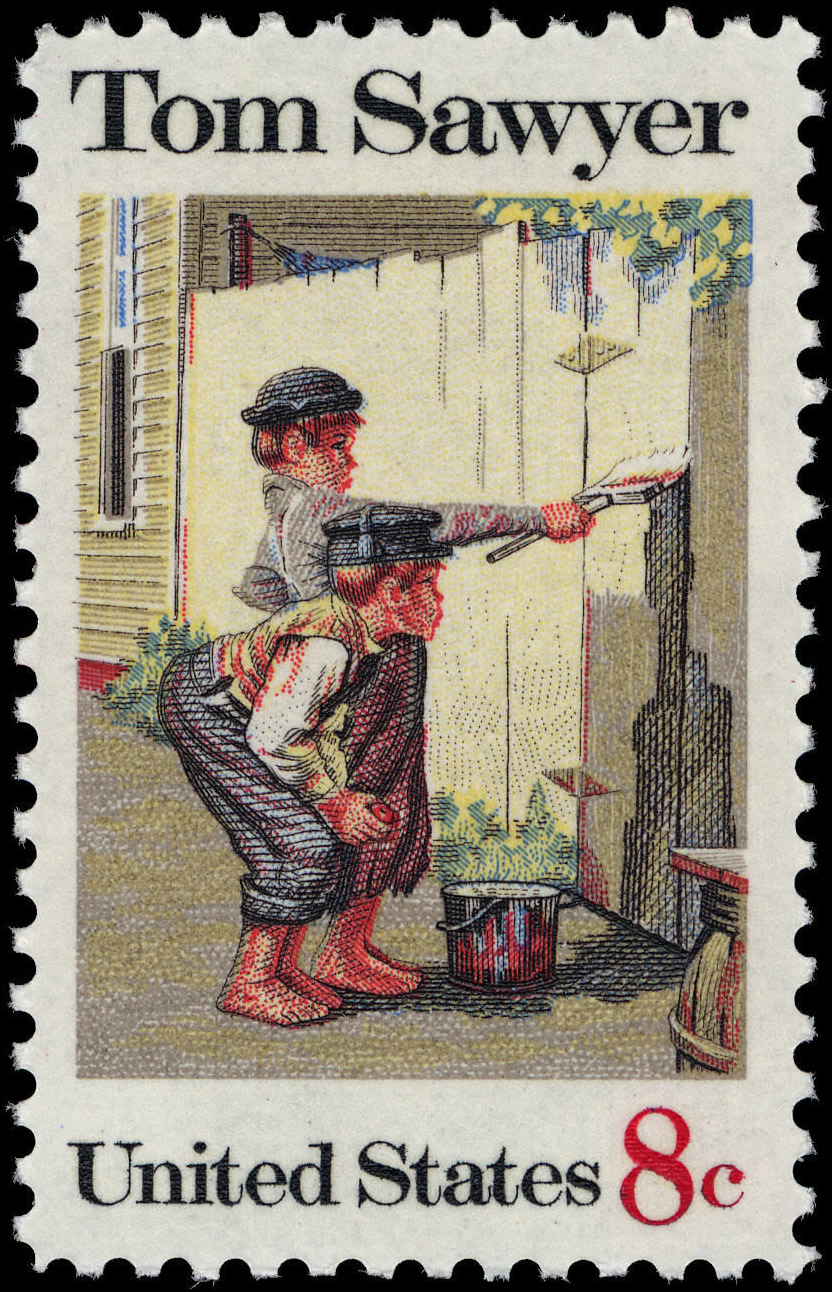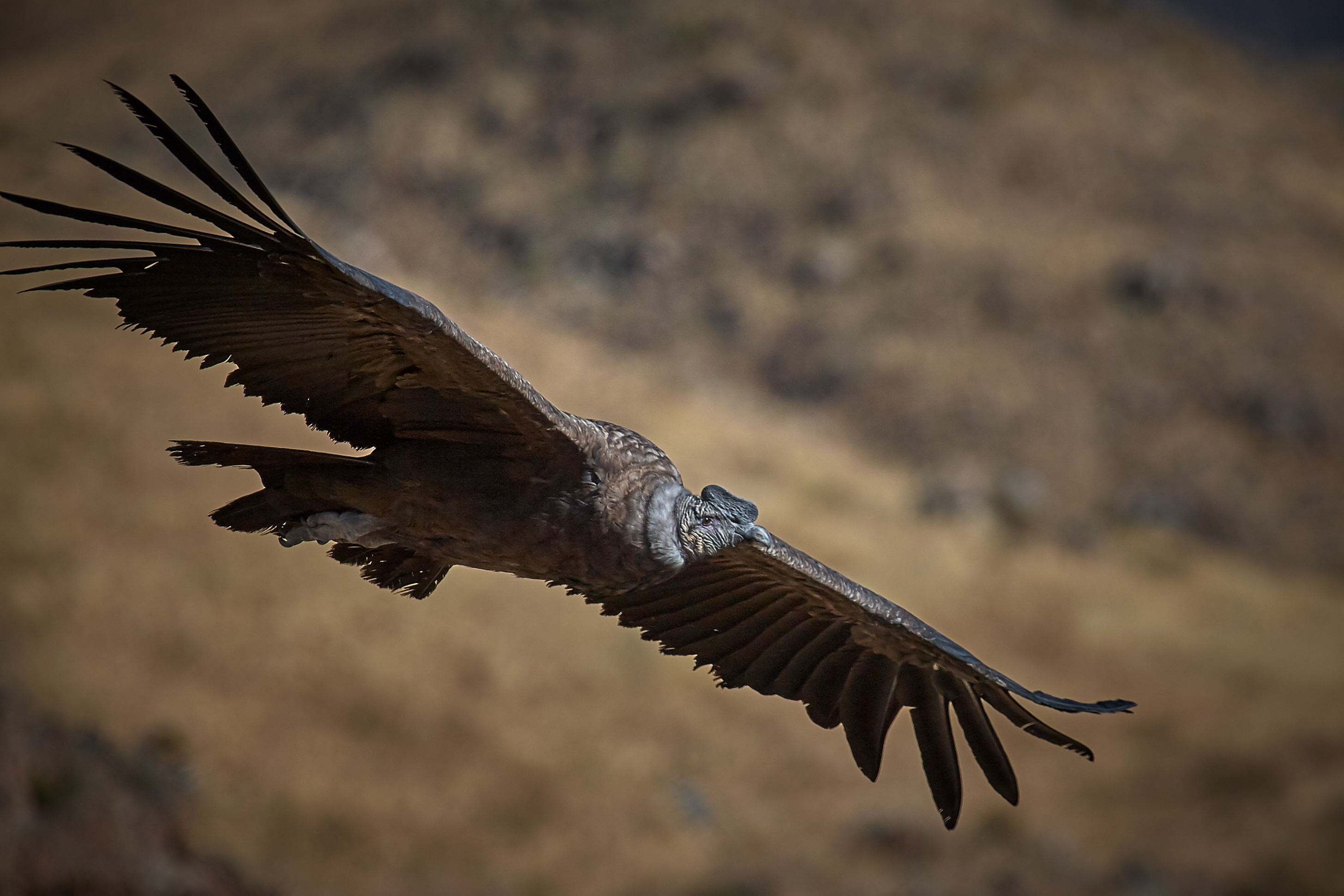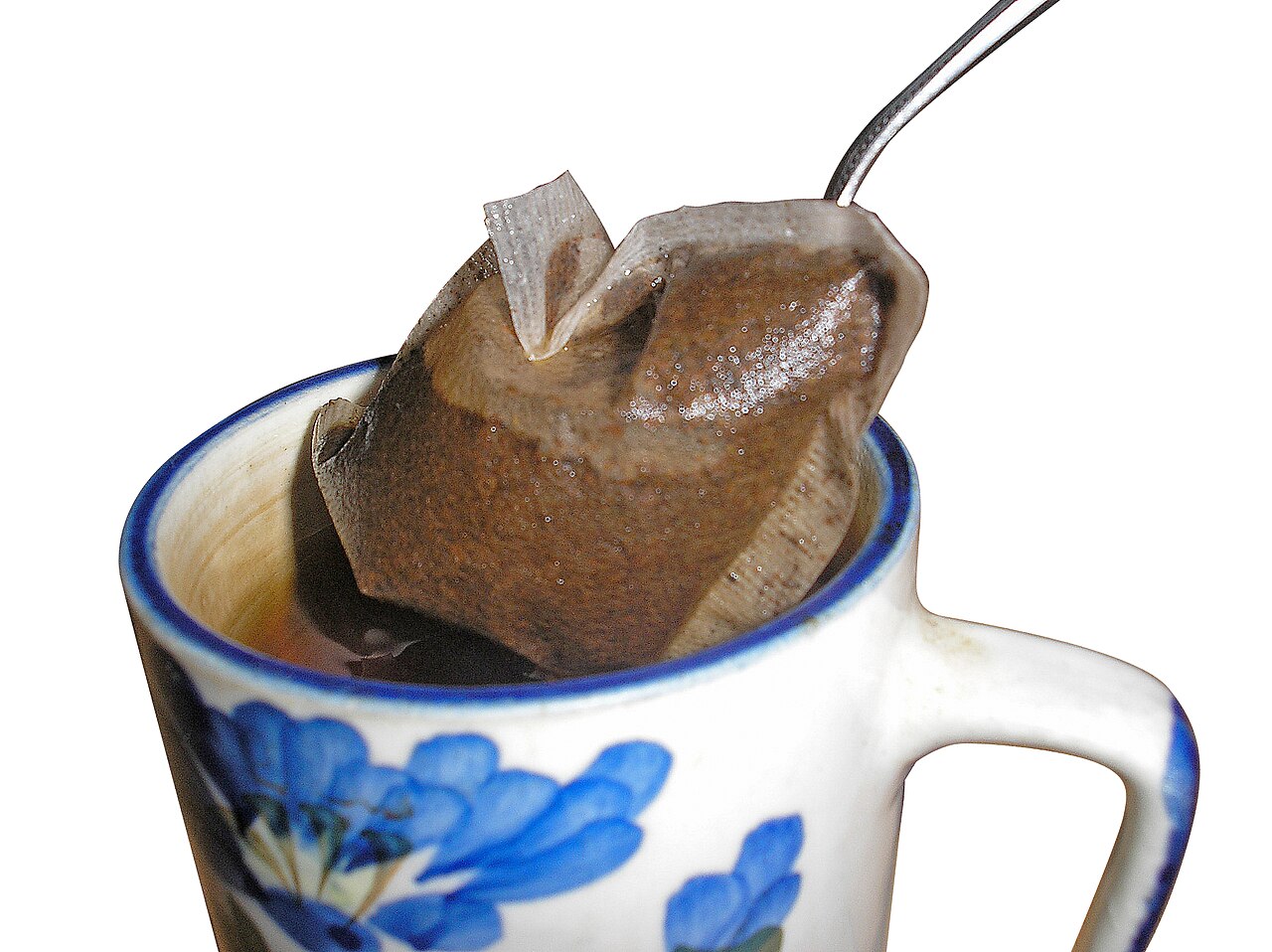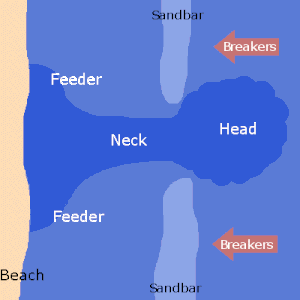What do stone cow statues, Tom Sawyer, and viruses have in common?
STORY 1: THE TROJAN HORSE OF ANCIENT CHINA - THE STORY OF THE "STONE CATTLE ROAD" (石牛道)
During the Warring States period of Ancient China, King Huiwen of Qin wished to conquer the state of Shu to the south, over the Qinling Mountains, and devised a cunning plan. He had his sculptors fashion five life-sized stone cows with gold hindquarters and offered them as a present to the king of Shu, on condition that Shu had to build a stone road for the cows to be delivered. The king of Shu built the stone road and Qin used the road to conquer Shu in 316 BC.
During the Warring States period of Ancient China, King Huiwen of Qin wished to conquer the state of Shu to the south, over the Qinling Mountains, and devised a cunning plan. He had his sculptors fashion five life-sized stone cows with gold hindquarters and offered them as a present to the king of Shu, on condition that Shu had to build a stone road for the cows to be delivered. The king of Shu built the stone road and Qin used the road to conquer Shu in 316 BC.
STORY 2: TOM SAWYER'S POWERS OF PERSUASION
In one of the most iconic stories in American literature, Mark Twain explains the art of persuasion using his characteristic sense of humour. Twain's character Tom Sawyer is made to whitewash his aunt's fence as punishment. Using a clever reverse psychology ploy, Tom manages to convince the neighbourhood boys that whitewashing a fence is not tedious work but an enjoyable pastime. In the end, all the boys start paying Tom to be allowed to paint the fence. As Mark Twain himself put it: "He had discovered a great law of human action, without knowing it - namely, that to make a man or a boy covet a thing, it is only necessary to make the thing difficult to attain."
In one of the most iconic stories in American literature, Mark Twain explains the art of persuasion using his characteristic sense of humour. Twain's character Tom Sawyer is made to whitewash his aunt's fence as punishment. Using a clever reverse psychology ploy, Tom manages to convince the neighbourhood boys that whitewashing a fence is not tedious work but an enjoyable pastime. In the end, all the boys start paying Tom to be allowed to paint the fence. As Mark Twain himself put it: "He had discovered a great law of human action, without knowing it - namely, that to make a man or a boy covet a thing, it is only necessary to make the thing difficult to attain."
STORY 3: WHY A NON-LIVING VIRUS HIJACKS YOUR BODY
A story closer to the current time and the Covid-19 pandemic involves the mechanism through which viruses propagate and spread. The general consensus nowadays is that viruses exist in a "grey area" between the living and the non-living. A virus cannot survive in the open nor replicate on its own. It instead hijacks a living host's system to produce more copies of itself. While it is "non-living", it interacts with the host in a way that resembles the survival instincts of a living organism.
4. CONCLUSION
Whether the goal is to conquer a state, paint a fence, or hijack a host organism, the mechanics are similar and the principle is straightforward: if you can get someone else to invest time and energy to fulfil your objective, why not do it? This is the principle of action substitution.
"You scratch my back..." Keep scratching! End of story!
"You scratch my back..." Keep scratching! End of story!
 |
| Tom Sawyer painting the fence (images source: Wikipedia) |






















